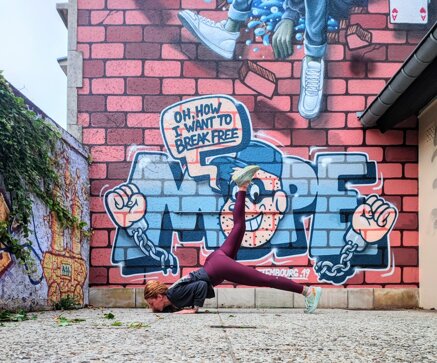Stay in touch!
Vinyasa Yoga
Vinyasa’ means “arranging something in a special way”. The foundation of this Yoga style is the breath which is the guide into each posture.
Each movement is synchronised to the breath and is cued either by an inhalation or an exhalation of the breath. Every class is tailored to work towards the reach of one or more peak postures, ultimately guiding us into the final relaxation posture called Corpse Pose (Savasana).
Although these classes can be tailored to suit the students' needs, this type of yoga is often vigorous, fast-paced and requires (and produces) a lot of strength and stamina. In general, Vinyasa classes have more emphasis in finding the ability to "flow", enjoy and play with every moment, even when facing challenging postures.


Hatha Yoga

हठ Hatha is usually translated from Sanskrit as "sun and moon", balancing the more active energy (sun energy "HA") and the more calming restorative energy ("THA") is the ultimate aim of Hatha Yoga. It's a very large spectrum of category from which different styles have been created and it's adaptability makes this umbrella style of Yoga suitable from different needs. This is a more traditional Yoga style in which there is a strong focus on one pose at a time with a brief pause in between, in direct contrast with Vinyasa classes where the emphasis is to carefully place poses together to make a sequence.
Yin Yoga
Yin Yoga is a wonderful blend of Daoist Yoga and
Traditional Chinese Medicine study on meridians. It is a very slow and still kind of Yoga, "Yin", in direct contrast to other more active "Yang" styles of practice.
While Yang is associate with activity and light, Yin is associate with calm and dark.
This still and slow style of Yoga does not mean "restorative" we are not resting during Yin Yoga classes.
Indeed during a Yin Yoga class each asana is held for an extended period of time; usually one to ten minutes.
In that way, by placing a healthy degree of stress on it, we work towards strengthening connective tissue and towards increasing mobility by lenghtening the fascia (the layer of tissue which encase all our muscles within our body).
This deep stretch allows our body to release all the tension stored into it, at physical and emotional level.
The father of modern Yin Yoga is Paul Grilley .
